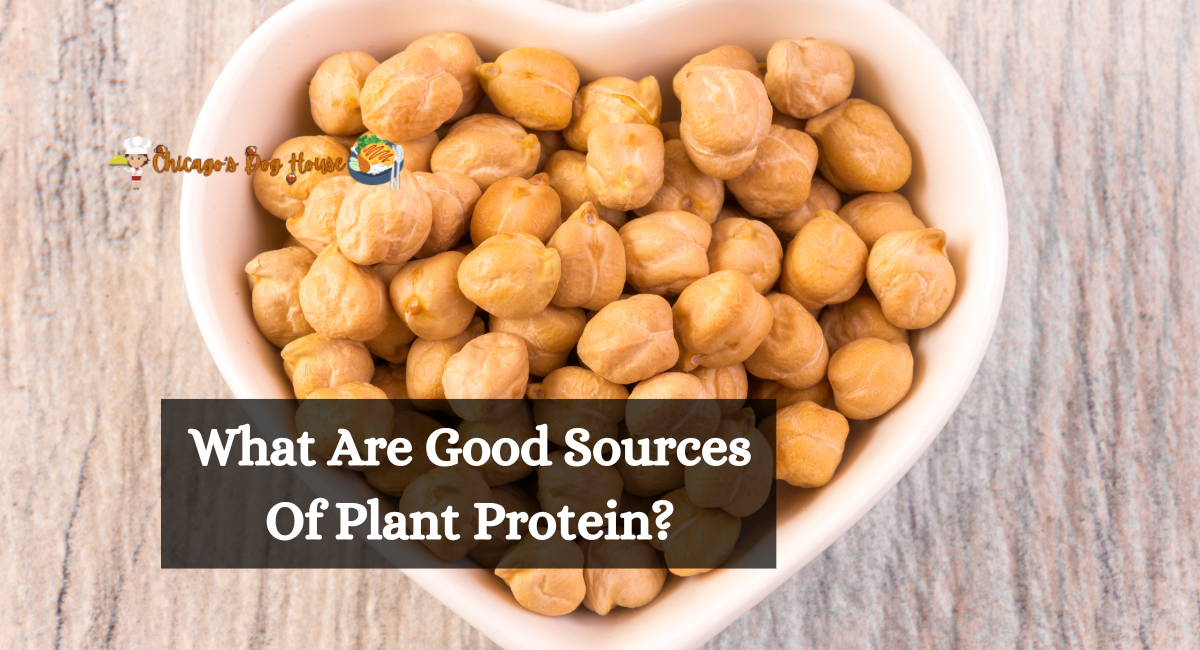The variety of available plant-based proteins is expanding for those seeking to reduce their consumption of animal-based foods. Soy, legumes, almonds, spirulina, and other ingredients can create a delicious, high-protein dish. So, what are good sources of plant protein?
A person may attempt a vegan diet for health, animal welfare, or religious reasons. A vegan or vegetarian diet can meet the nutritional needs of adults, children, and pregnant women.
However, it can be more difficult for vegetarians and vegans to get enough protein, essential vitamins, and minerals. An individual must plan to ensure adequate intake of protein, calcium, iron, and vitamin B-12, which omnivores obtain from animal products.
Plant Protein Sources to Try
Ready to investigate plant-based protein sources? Here are the top 10 foods to incorporate into your diet, whether seeking to eliminate animal products or diversify your protein sources.
1. Lentils
According to Sessions, lentils and other legumes (beans, nuts, peas, and seeds) provide a complete protein bundle. “They are high in fiber, vitamins, phytonutrients, and minerals and provide 9 g of protein per half-cup serving,” she says of prepared legumes.
In addition, they contain antioxidant-rich polyphenols, which, according to a 2017 study released in the International Journal of Molecular Sciences, have anti-obesity, anti-cancer, anti-inflammatory, and anti-diabetes properties.
2. Chickpeas
Chickpeas are high in protein, folate, fiber, iron, phosphorus, and healthy fatty acids. Based on the United States Department of Agriculture (USDA), a half-cup chickpea serving contains roughly 7.5 g of protein.
3. Hemp Seeds
“These tiny seeds contain all nine essential amino acids, and three tablespoons provide approximately 10 grams of protein,” says Sussi. You may also encounter them as hemp hearts shelled hemp seeds in grocery stores.
4. Tofu
According to Sussi, soy contains all nine essential amino acids, similar to hemp seeds, making it a complete protein. Soy is the main ingredient in various foods, including tempeh, edamame, miso, soy milk, and soy seeds, giving you numerous options for incorporating soy into your diet.
It is also the primary ingredient in tofu, which should be at the top of your list of meat alternatives. The USDA reports that a 3-ounce serving contains 9 grams of protein.
Sussi adds that it also contains potassium and iron. Soy products have a poor reputation; you may have heard they cause breast cancer.
According to the American Cancer Society, you discover this link in animals. Still, it does not appear to be a problem in humans, so their experts say it is safe and recommended to consume soy products.
5. Nuts
Sussi says that most nuts are an excellent source of protein, containing approximately 5 to 6 g per small handful (less than 14 cups). According to California Almonds, almonds provide the most protein per serving, and pistachios are close behind in second place.
According to the American Pistachio Growers, pistachios are a complete protein. According to the Mayo Clinic, nuts are an excellent source of heart-healthy unsaturated lipids, which can lower cholesterol levels.
6. Quinoa
Despite technically being a seed, quinoa is commonly called an entire grain and can be replaced with rice and pasta. Based on the T.H. Chan School of Public Health, one cup of cooked quinoa provides 8 gm of protein and 5 gm of filling fiber.
Remember that quinoa contains every one of the nine crucial amino acids, making it a complete protein.
Quinoa complements any meal, whether consumed in the morning as a breakfast cereal, for lunch as the protein in a salad or for dinner instead of pasta.
7. Nutritional Yeast
Many vegans adore the cheese-like piquant flavor of nutritional yeast, but there are several reasons why non-vegans should also try it. “It’s packed with B vitamins, the antioxidant a substance called glut and protein,” says Sussi.
Eight grams of protein are in a quarter cup. In addition, it lacks gluten, sugar, dairy products, or artificial flavors or ingredients.
Sussi recommends adding it to soups and sauces, scattering it on popcorn or avocado toast, or combining it with soaked cashews to make a fantastic vegan cheese for pasta or vegetables.
8. Tempeh
Although less prevalent than tofu, tempeh is another high-protein soy product that can be used as a substitute for meat. It is a dense, cake-like portion of fermented soybeans, sometimes with added seasonings and grains like rice.
The USDA reports that a 3-ounce serving of organic tempeh contains 14 grams of protein. It is located in the refrigerated section of the supermarket.
As with tofu, try mixing tempeh into a stir-fry or substitute your beef patty for one with tempeh between two slices of bread.
9. Black Beans
Choose your favorite legume from black beans, navy beans, cranberry beans, kidney beans, etc. According to Sussi, there are over twenty varieties, and they all provide essential nutrients.
According to Sussi, rich in protein, fiber, folate, magnesium, and iron, they are nutritional powerhouses. According to the USDA, a half-cup of black beans contains about 7.5 grams of protein.
Sussi suggests adding legumes to salads, stir-fries, soups, and stews. She recommends choosing low-sodium or no-sodium-added varieties of canned legumes when grocery shopping.
10. Peanut Butter
Yes, this pantry staple is tasty and an excellent source of plant-based protein. The USDA reports that two tablespoons contain 7 grams of protein per serving.
Just be sure to purchase healthy varieties and control your portion size — the portion above has a whopping 180 calories, so it can rapidly transform from a healthy source of protein to a sweet treat that can lead to weight gain if consumed in excess.
There are numerous plant-based protein sources to support a healthy diet. Excellent options include lentils, legumes, chickpeas, tofu, tempeh, nuts, and seeds. Whole cereals such as quinoa and brown rice also contribute to a varied and wholesome plant protein intake.
Thank you for reading….





